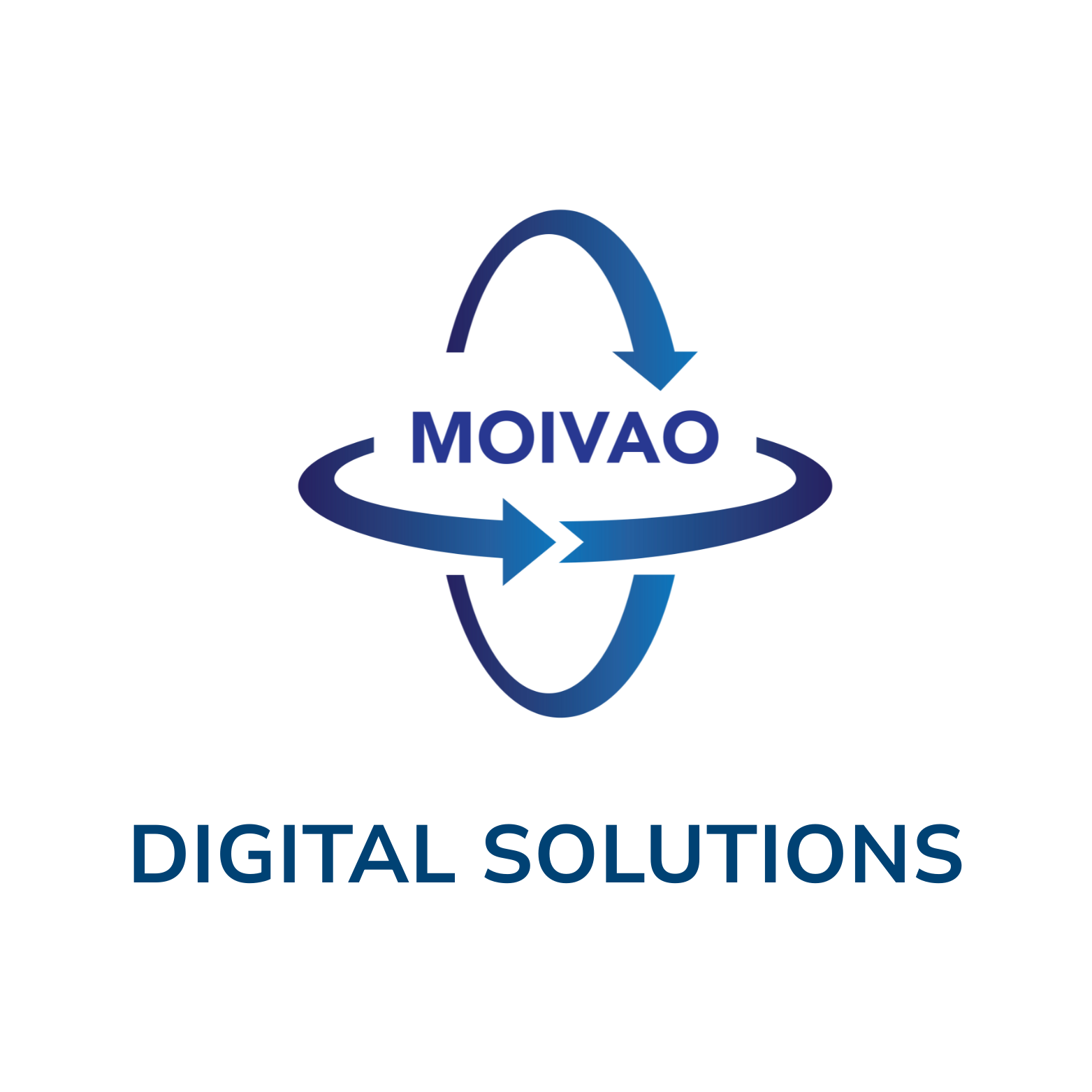Virtual Tours
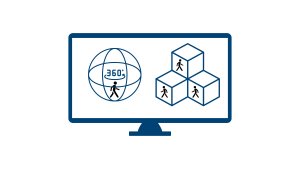
Digital Marketing
Virtual Tours provide an immersive way for architecture, engineering, and construction (AEC) firms to showcase their projects to potential clients. By allowing clients to virtually explore completed buildings or construction sites, firms can effectively communicate their capabilities and the quality of their work. This can lead to increased client engagement and a higher likelihood of securing new projects.

Immersive Meetings
Virtual Tours enable AEC professionals to collaborate more effectively, especially when working with remote teams or clients. By virtually walking through project sites together, stakeholders can discuss design elements, identify issues, and make informed decisions in context. This improves communication and reduces the need for in-person meetings, saving time and resources.

Immersive Training
AEC firms can use Virtual Tours to train new hires and provide ongoing education to existing staff. Employees can virtually explore project sites to learn about construction techniques, safety protocols, and project management processes. This ensures consistent training across locations and reduces the need for expensive site visits.

Construction Process Management
Virtual Tours are invaluable for monitoring construction progress and identifying potential issues. Project managers can virtually walk through job sites to inspect work, take measurements, and collaborate with teams. This improves transparency, reduces costly rework, and helps keep projects on schedule and within budget.

Facility Maintenance Management
Once a building is completed, Virtual Tours can assist in ongoing facility maintenance. Maintenance staff can virtually inspect equipment, identify problems, and plan repairs without needing to be physically present. This reduces downtime, improves response times, and extends the lifespan of building systems.

IoT Systems Monitoring and Control
By integrating Virtual Tours with IoT (Internet of Things) systems, AEC firms can provide real-time monitoring and control of building systems. Facility managers can virtually view system status, adjust settings, and troubleshoot issues, optimizing building performance and reducing energy costs.
Augmented Reality (AR)

3D Objects in AR
AR allows AEC professionals to virtually stage projects with furniture, decor, and other design elements. Clients can use AR apps to visualize different design options and customize spaces to their preferences. This enhances the client experience and helps secure approvals more efficiently.

AR Info Points
AR can be used to display interactive AR Information Points throughout construction sites and completed buildings. Workers and visitors can access details about building systems, safety protocols, and project progress by viewing AR overlays on their devices. This improves transparency and reduces the need for physical signage.

AR Navigation
AR Navigation apps can guide workers and visitors through construction sites and completed buildings. Users can view directions, maps, and points of interest overlaid on the real world, improving wayfinding and reducing the risk of accidents or delays.
Drone Imaging
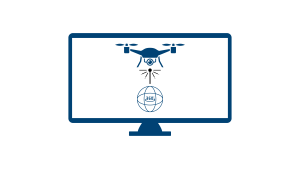
360 Aerial Imaging
Drone-captured 360 Aerial Images provide a unique perspective of construction sites and completed buildings. They allow stakeholders to virtually explore the area from above, showcasing the layout, progress, and surrounding context. These images can be used for progress reporting, marketing, and virtual tours.
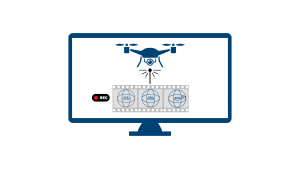
360 Aerial Videos
360 Aerial Videos captured by drones offer an immersive way to document construction progress and showcase completed projects. Stakeholders can virtually fly over and around sites to get a comprehensive view. These videos can be used on project websites, social media, and virtual tours to engage clients and the public.
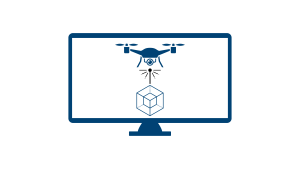
3D Modelling
Drones can capture data to create high-resolution 3D models of construction sites and completed buildings. These models provide an accurate digital representation that can be used for planning, design, and virtual tours. They allow for precise measurements, clash detection, and visualizations of projects from an aerial perspective.
Artificial Intelligence
AI Avatar Chatbots
AI-powered chatbots can provide 24/7 assistance to construction workers and building occupants. Avatars can engage in natural conversations to answer questions, provide recommendations, and help with reporting and service requests. This improves productivity and reduces the workload on staff.

Data Analysis and Forecasting
AI can analyse vast amounts of data from construction projects, building operations, and market trends. It can identify patterns, predict future outcomes, and provide insights to help optimize strategies. This enables AEC firms to make data-driven decisions and stay competitive in the market.

Optimization
AI can automate and optimize various AEC processes, such as project scheduling, cost estimation, and supply chain logistics. By analysing data and learning from past performance, AI can make real-time adjustments to improve efficiency, reduce costs, and enhance overall project outcomes.
